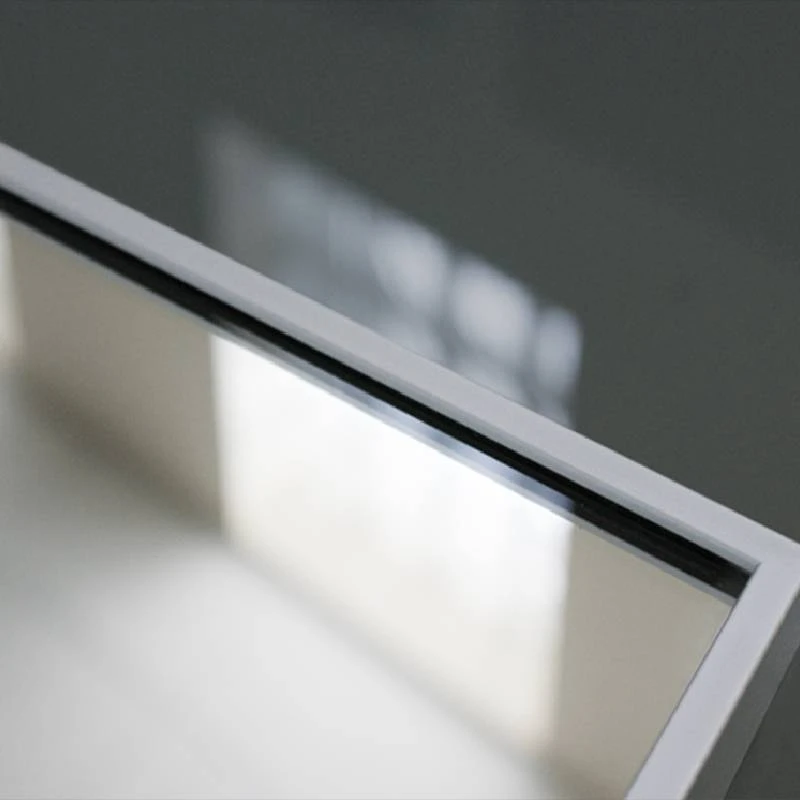

Clear and Frosted Glass A Study in Transparency and Design
Glass has been used for centuries as a versatile material in architecture, interior design, and everyday objects. Two prominent varieties of glass, clear and frosted, serve distinct purposes and evoke different aesthetic experiences. Understanding the nuances of both can enhance design choices in various contexts.
Clear glass, often celebrated for its transparency and ability to allow light to flow freely, creates a sense of openness and connection between spaces. Its use in windows, doors, and walls not only brightens interiors but also offers unobstructed views of the outdoors. This transparency can promote feelings of spaciousness and tranquility, making it a popular choice in contemporary architecture. For instance, clear glass is frequently employed in modern homes to blur the lines between the inside and outside, encouraging a seamless interaction with nature. Additionally, its reflective properties can create stunning visual effects during different times of the day, as natural light transforms the appearance of spaces.
However, while clear glass provides clarity and openness, it can also pose challenges, particularly in terms of privacy and glare. This is where frosted glass comes into play. Frosted glass is created by sandblasting or acid-etching clear glass to create a translucent surface. This process diffuses light while obscuring visibility, making it an ideal solution for spaces where privacy is paramount, such as bathrooms or office partitions. It allows light to enter without revealing the details of the space behind it, striking a perfect balance between illumination and confidentiality.

In terms of aesthetics, frosted glass possesses a soft, diffused appearance that can enhance the visual appeal of any space. Its subtle opacity lends itself well to various design styles, from minimalist to traditional. By incorporating frosted glass elements, designers can add sophistication and elegance to a room. For example, frosted glass can be utilized in cabinet doors, shower enclosures, or even as room dividers, creating defined spaces without the heaviness of solid walls.
Moreover, both clear and frosted glass can be combined strategically to achieve a harmonious design. For example, a room with floor-to-ceiling windows featuring clear glass can be enhanced with frosted glass elements, such as sliding doors or decorative partitions. This combination allows for the benefits of both types while maintaining aesthetic continuity throughout the space.
In conclusion, the choice between clear and frosted glass depends on the desired effects—whether one seeks the clarity and openness offered by clear glass or the privacy and gentle illumination provided by frosted glass. The thoughtful integration of these two types of glass can elevate design, making spaces more functional and visually appealing. Understanding their unique characteristics allows architects and designers to make informed choices, ultimately enhancing the human experience within built environments.